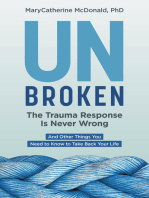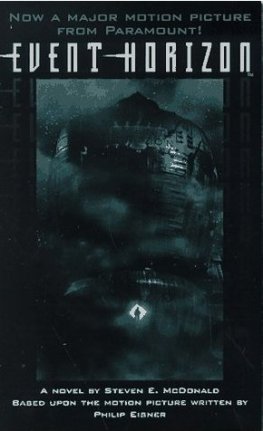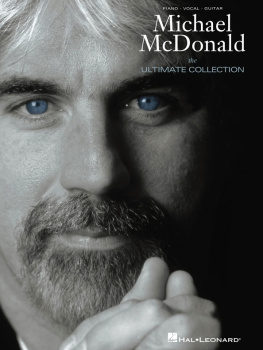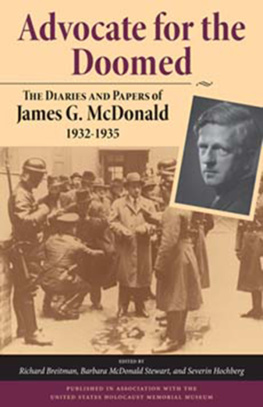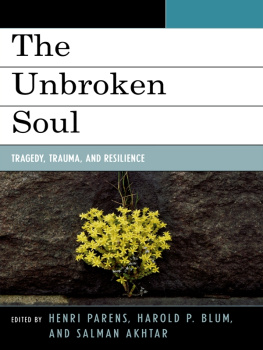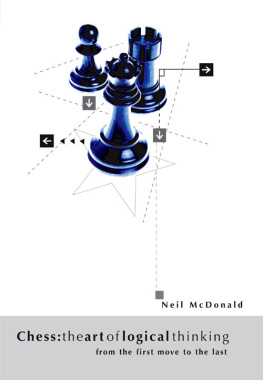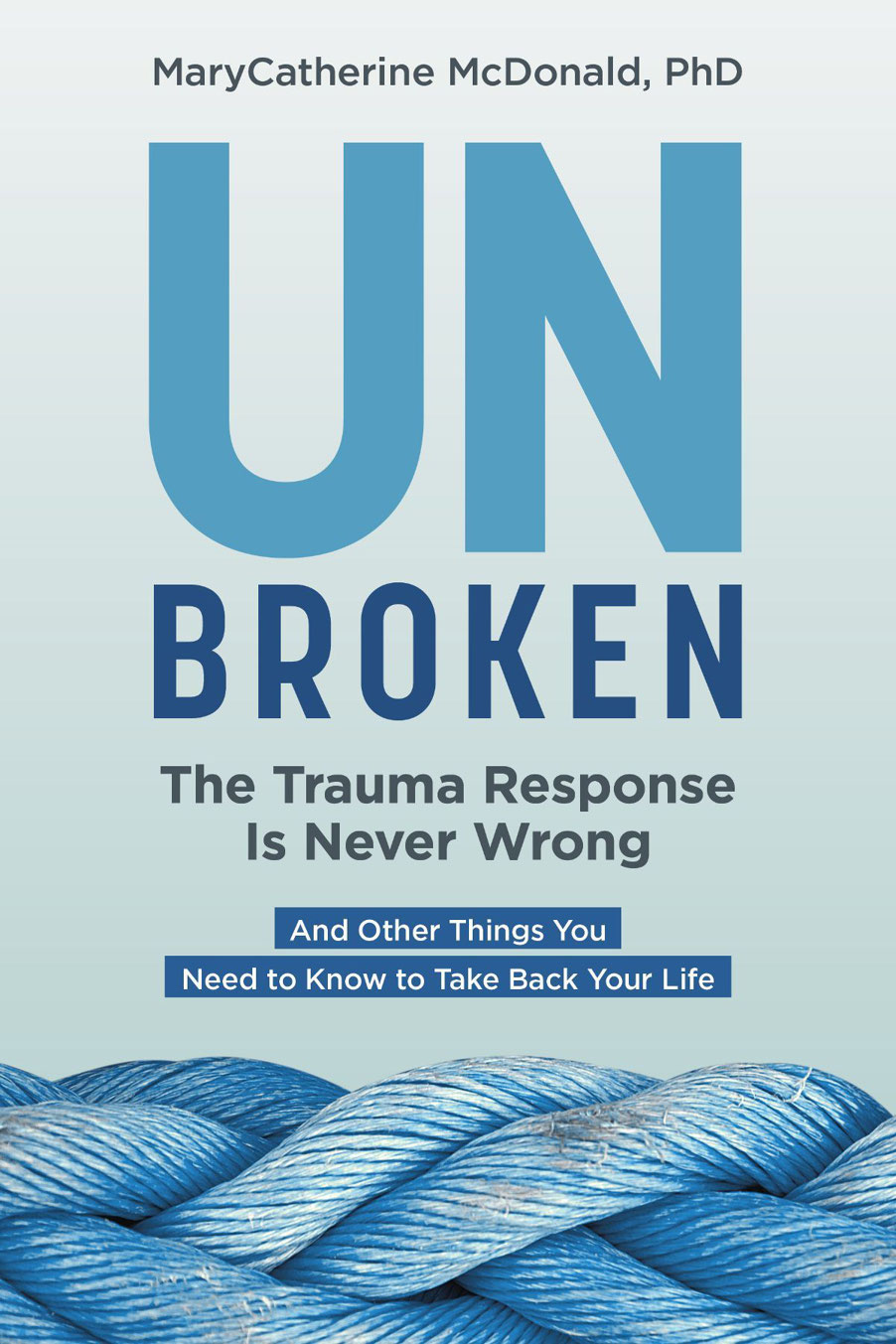
Praise for Unbroken: The Trauma Response Is Never Wrong
Equal parts memoir, client stories, and neuroscience, Unbroken: The Trauma Response Is Never Wrong will radically reframe everything youve ever thought about trauma and how to heal from it. No more feelings of shame. Just newfound empowerment.
Mark Epstein, MD
author of Going to Pieces Without Falling Apart and The Zen of Therapy
We all experience trauma. And it leaves scars for most of us. We can learn to better handle it using Dr. MaryCatherine McDonalds fresh, positive, and scientifically rigorous approach. Her toolbox full of practical, down-to-earth advice and methods enables us to lift the burdens of shame, guilt, and fear that we all shoulder when we suffer from trauma. Unbroken is essential to showing us how we can become empowered, moving beyond the trauma in our past.
Allan Hamilton, MD
author of The Scalpel and the Soul and the forthcoming Cerebral Entanglements
I call MaryCatherine the Bren Brown of trauma. She normalizes trauma and helps us get rid of shame so that we can accept our stories fully and embrace our humannesssomething that we need now in the world more than ever.
John Kim
aka The Angry Therapist
Unbroken is a fascinating new book from an emerging philosophical talent.
Simon Critchley
former New York Times editor of The Stone column
Unbroken:
The Trauma Response Is Never Wrong
Also by MaryCatherine McDonald, PhD
American NATO Veteran Reintegration: The Trauma of Social Isolation and Cultural Chasms, coauthored with Gary Senecal (Lexington Books, 2021)
Merleau-Ponty and a Phenomenology of PTSD: Hidden Ghosts of Traumatic Memory (Lexington Books, 2019)
Unbroken:
The Trauma Response Is Never Wrong
And Other Things You Need to Know to Take Back Your Life
MaryCatherine McDonald, PhD

Hey, you.
Youre not alone.
Contents
About the Stories in This Book
The client stories in this book are composites. No story is a single persons story. For protection and privacy, each story has pieces of other peoples stories mixed in.
But these composites are not just about privacy, theyre also about unity. If you are or have been my client and you recognize your story here, its because it is your story. And it also isnt. Mine is in here too. I want you to know that even in your most isolated, lonely moment, you were not alone.
We Are Not Broken
The cure for pain is in the pain.
Rumi (translated by Coleman Barks)
Every Thursday for the better part of four years, I sat down in my therapists office and presented him with new evidence of lifes bleakness, as if I were showing him a piece of sea glass that Id brought from a weekend at the beach.
See? This is proof. Shards. Sharp and broken. Thats all there is. Its what the sea is made of. Cant you see it?
Yes, I see the glass. I see the shards, hed say. But is that really all there is?
To be fair, I was facing quite a lot of horror at the time. I was surrounded by tragedies, both tiny and enormous. I was twenty-five, both of my parents were suddenly dead, and what was left of my family was splintering under the weight of grief. We had sold our childhood home and my parents thirty years worth of belongingsand their six kidswere scattered across three states.
As time marched on, the weight of it all became too much to bear. I started to have crushing migraines, relentless panic attacks, and episodes of vertigo. Life felt like a series of nightmares. If this was what adulthood looked like, I did not want it. In a matter of months, nearly all of my most stable anchors had been pulled out of the sand and I found myself entirely at sea.
The only thing that felt stable was work. So I worked all the time. I collected jobspart-time jobs, full-time jobs, classes to take, classes to teach. I nannied, was a teaching assistant, designed curricula as a contractor, and edited books. The only time I felt okay was when I could forget the circumstances of my life by losing myself in a projectpreferably one with a pressing deadline. Free time meant I might have to sit with myself, and I was sure that if that happened, I would drown in my emotions, in this sea Id discovered made of shards of glass.
Other than the distraction of work, I had exactly two coping techniques: Xanax and jumping jacks. Xanax is, theoretically, an antianxiety medication, but it has a remarkably short half-life. As soon as it wears off, panic can surge up and come bucking through your body like a downed power line. As soon as that happened, I would launch myself up from wherever I was sitting and start doing jumping jacks. My fried, frantic little brain reasoned that if I was doing jumping jacks, at least my heart would be beating fast for a reason, which would be a lot less scary than when it raced for no reason.
These coping techniques worked, sort of, but there were significant downsides. You can only take Xanax for so long, and there are many situations where breaking out into frantic jumping jacks might raise an eyebrow. What was I going to do if I had a panic attack while I was teaching? Launch into jumping jacks in the middle of a lecture? The only other option seemed to be hyperventilation.
So I didnt go to therapy just to be reminded that there was more to life than pure and abject horror. I was pretty sure there wasnt more to life. I went to therapy because my way of life had become unsustainable.
In one of our sessions, I sheepishly mentioned to my therapist that I had started lying on the floor when I felt terrible. I would lie on the floor in the student center, in the grad lounge, in my office, and at home. I contemplated doing it on public transportation and in the street. I was pretty sure that once I admitted this, my therapist would recommend I be committed to an institution.
Instead, he said, Thats a great grounding technique.
A what?
A way to ground yourself. You are calming and soothing yourself by coming back to your body and feeling the stability of the floor. How cool that you reached for that without even knowing what it was! It sounds like you know exactly what you need. Maybe you should trust yourself a bit more.
Turns out, when youre feeling lost or frantic, lying on the floor provides an opposing force to the anxiety and activation. If you lie on your back and push your body into the floor, noticing and feeling each of the points where your body touches it, you start to feel mindfully aware of stability, of strength. Things start to feel more secure, and you start to feel more present. If you lie on your stomach and take some deep breaths into your belly, you activate your parasympathetic nervous system by way of the vagus nerve, which slows the heart rate and restores the body to a calm state.
I didnt know any of that at the time. I was just lying on the floor because I needed to. Because I was traumatized and grieving. Because I was dizzy and at sea, overwhelmed and trying to remember what land felt like. Because everything had become unbearable. Not because I was broken, or weak, or flawed, or doomed to suffer endlessly, but because I was strong, healthy, and aware. Even in dire straits, my poor little body and my fried, frantic little brain had known what they needed.
Next page
